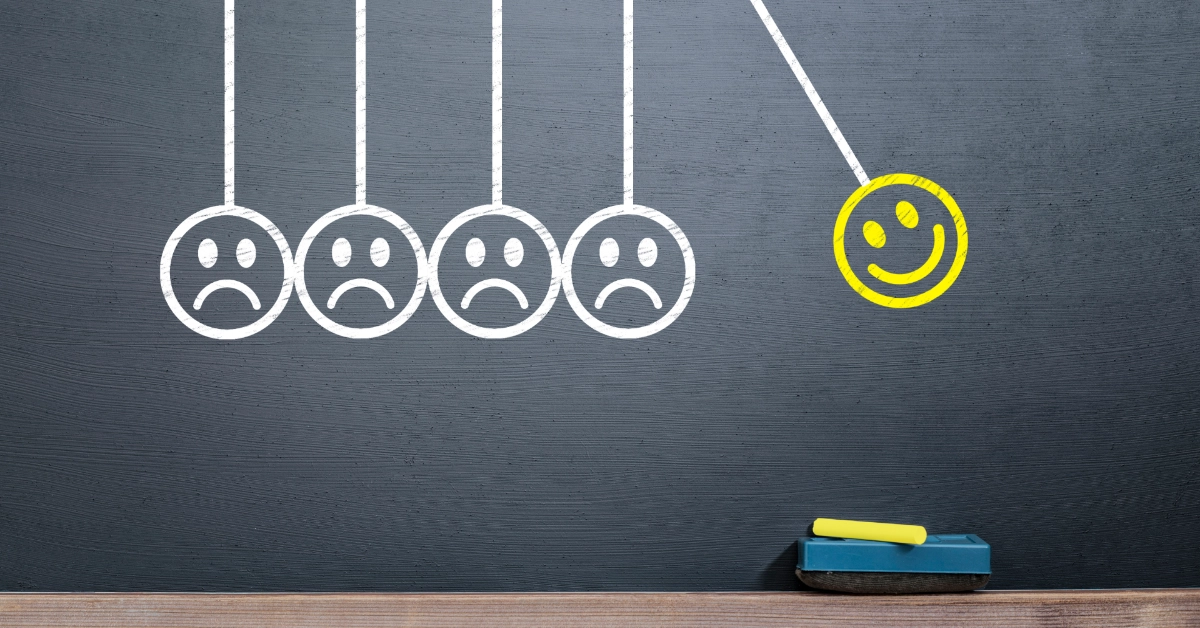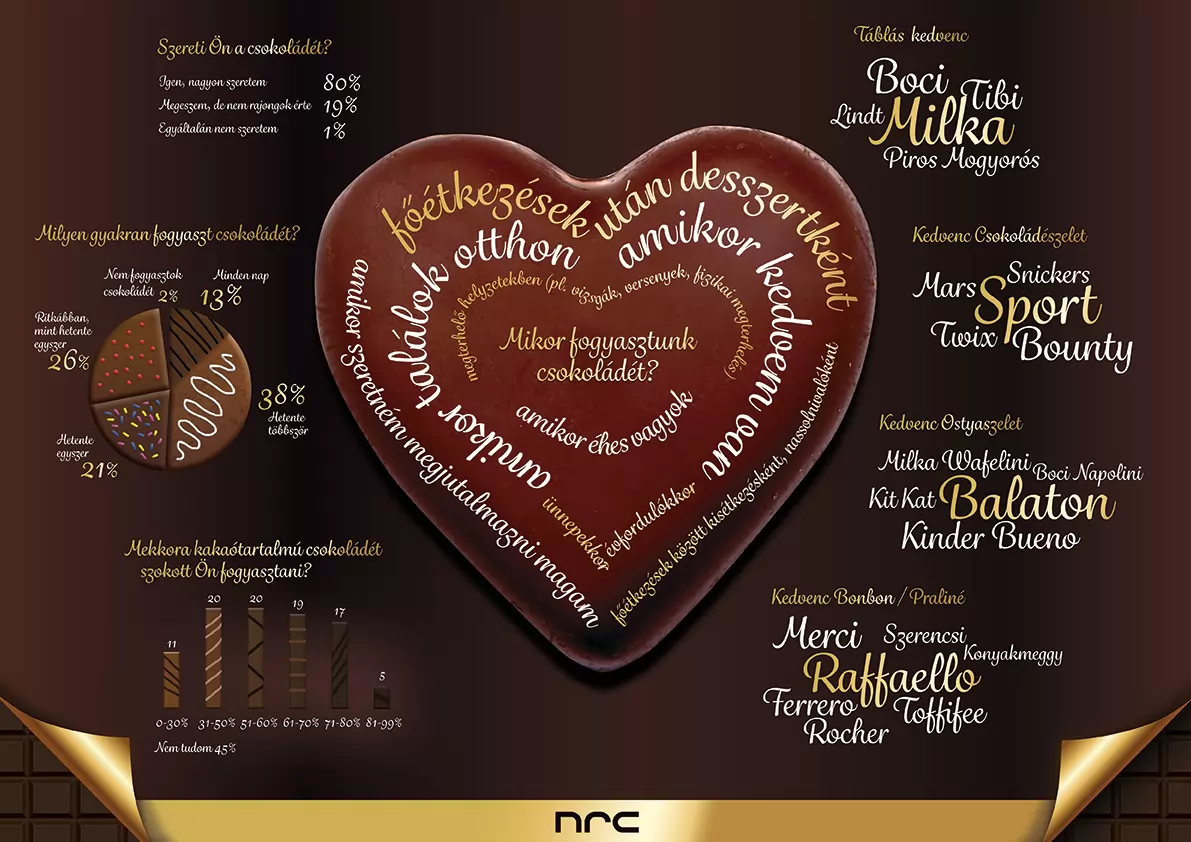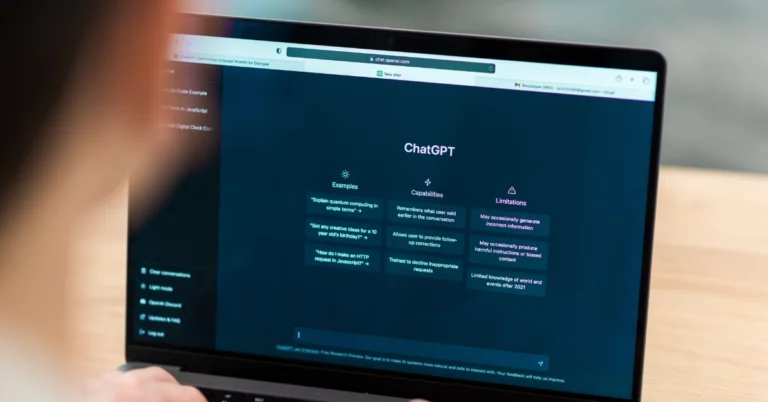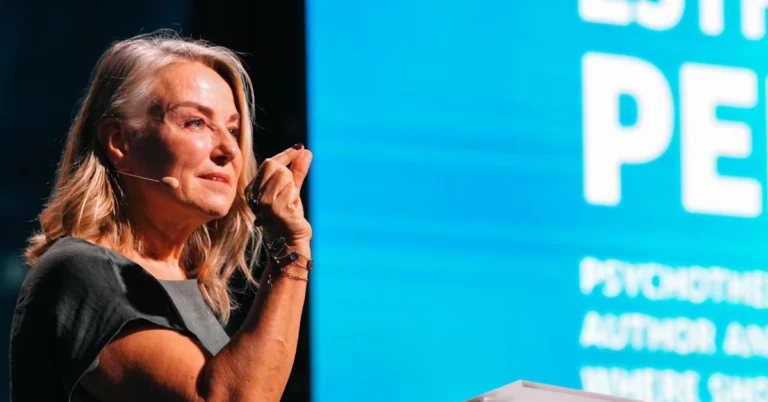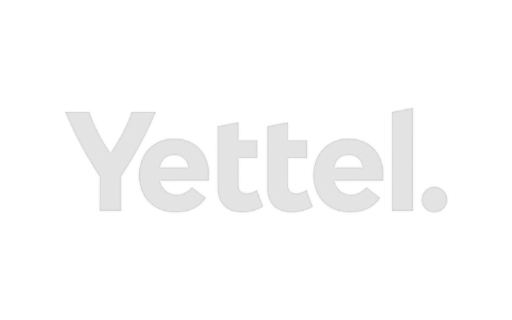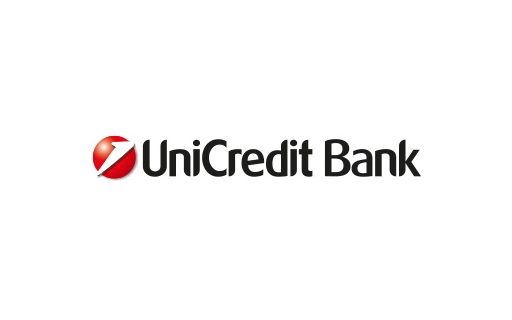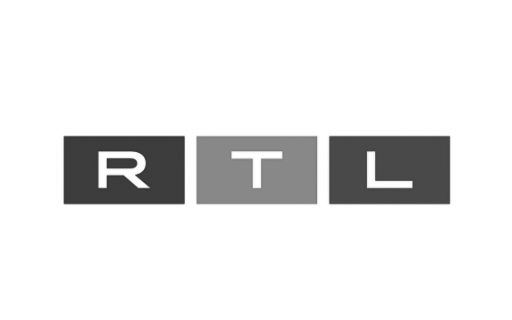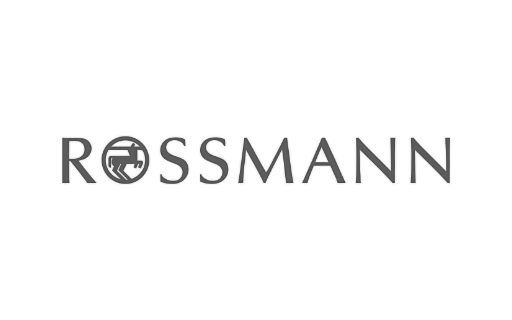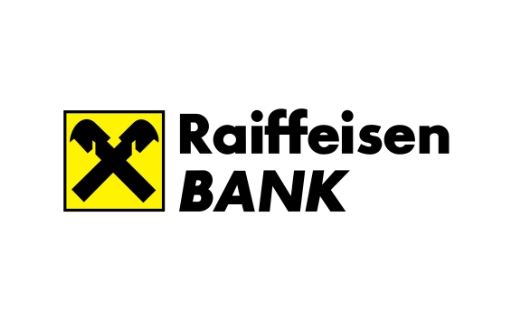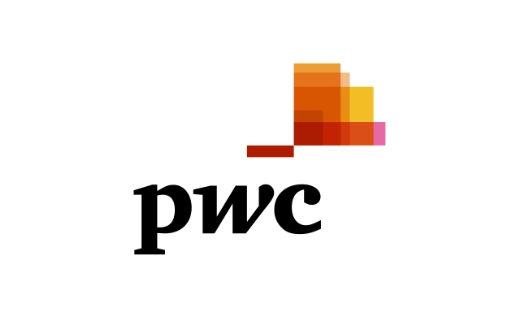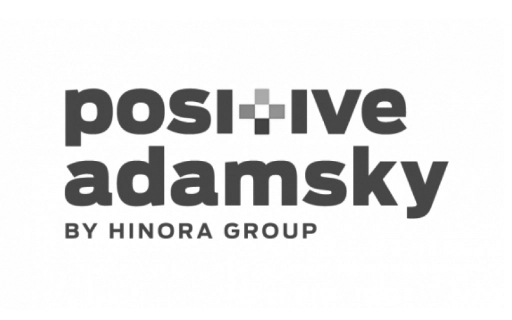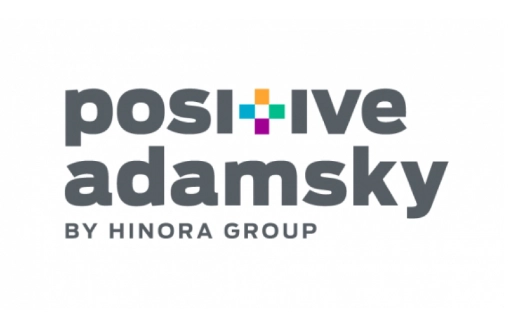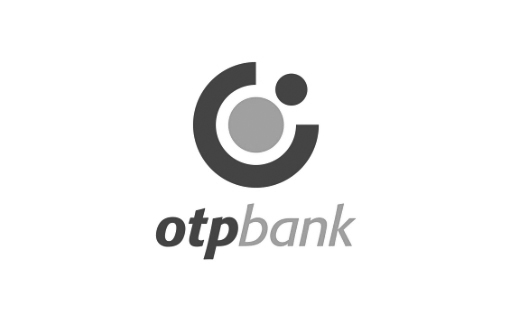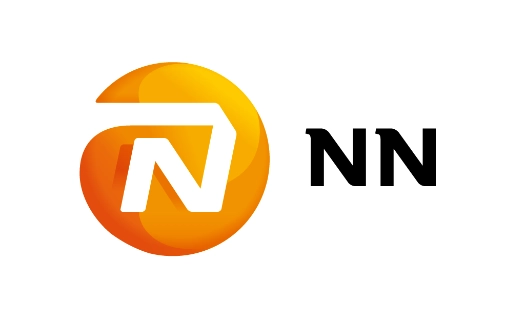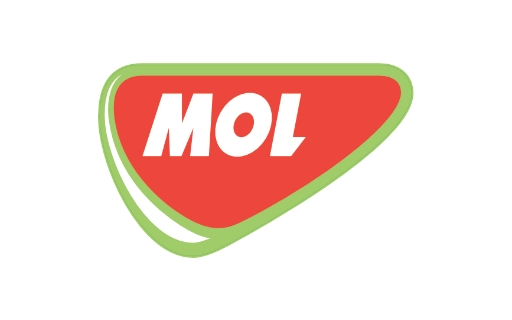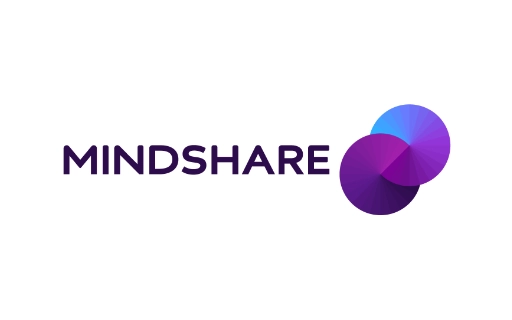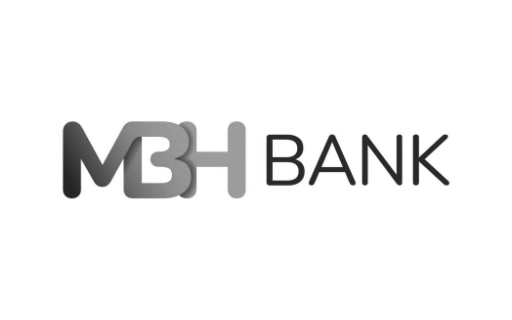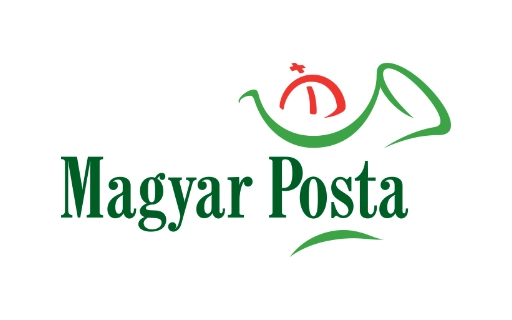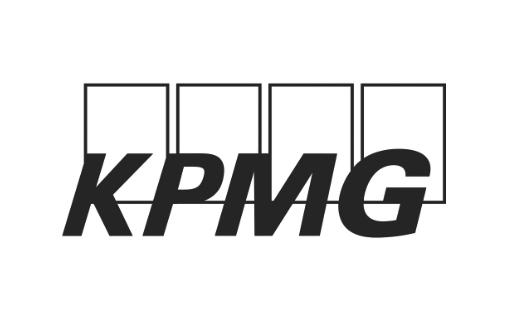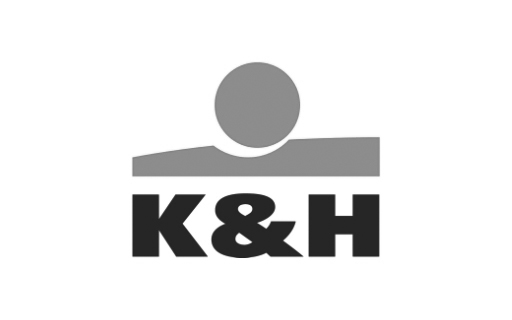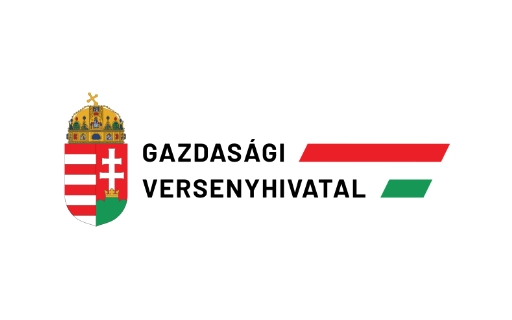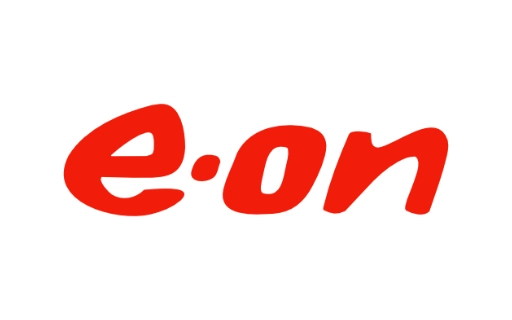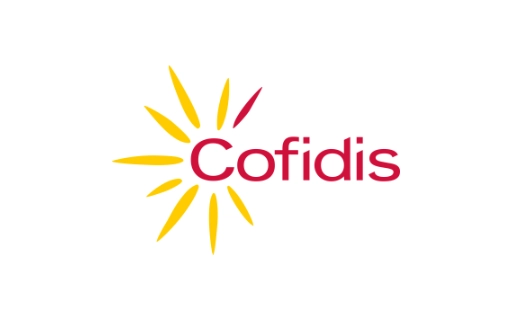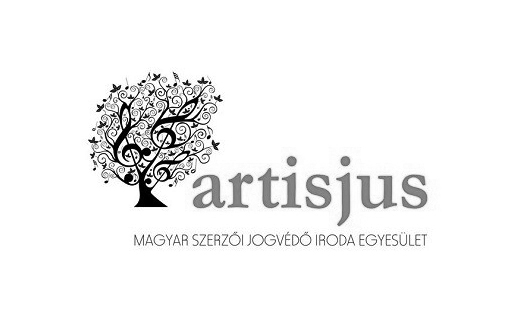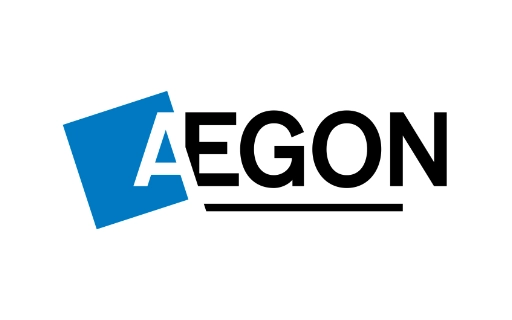As the smartphone market continues to evolve, mobile app makers are also catching up, with more sophisticated solutions and more technically advanced apps emerging to complement our increasingly smart mobile devices. Development costs are significant, but app developers and marketplaces are now generating a dominant share of their revenues from free downloadable apps sold in the freemium model. Freemium applications are also gaining ground in Hungary, so it is legitimate to ask what future paid apps can expect in Hungary.
Freemium apps are applications that are made available to users for free by their creators. However, these apps often offer a "stripped-down" version of the application, rather than the full program, and once you have learned the application and become attached to it, you have to pay for the full version. There are also freemium models that offer the full version but charge for continued use after a certain period of time. Another feature of freemium applications is that they contain advertisements, in the form of banners, videos or other interstitial displays.
The biggest advantage of freemium apps is that free apps - quite understandably, because they are free - are downloaded more by smartphone users than those that you have to pay for. 46% of the population aged 18-69 currently use smartphones in Hungary, a not insignificant 2 million people. 77% of smartphone users have downloaded an app to their mobile phone, but only a much smaller proportion, only 18%, around 400 000 people, have paid for an app. It's not hard to see that the really high reach is through free apps. And, by the law of large numbers, higher reach and download rates necessarily increase the number of people willing to pay for premium app services.
Game of life
Games are traditionally the most frequently downloaded (and therefore the most accessed (free)) apps, with any other app coming second only to games as our favourite apps.
With this rate of growth of games, it is no wonder that freemium is spreading, as freemium models are very well suited to the "marketing" of entertainment apps, including games. After downloading and liking the free 'base' app, more and more apps and games offer some form of in-app-purchase (IAP) - the fundamental moment in entertainment apps that feeds the games sold in the freemium model. Apps and games that rely on IAP revenue are exploding on the marketplaces. It is an increasingly common scenario that game series, whose previous parts were paid applications, are now coming out with free versions that can be upgraded with IAP options. The question is how consumers will react to these developments.
Consumer reactions
It can be shown that consumers are not bothered by IAP or in-app advertising, or that they are not using the full version of the app. In fact, despite a 6 percentage point increase in smartphone penetration in the last narrow year (2012Q3 vs. 2013Q2), the number of people who paid for an app did not grow significantly.
Even more remarkable is that while half a million smartphone owners said last year that they might pay for an app in the future, despite the growing smartphone population, the number of people planning to pay for an app is barely reaching that number at the moment.
So it seems that the freemium models have created a win-win situation. App developers and marketplaces are now generating the majority of their revenue from freemium apps, as there is a narrow group of people willing (and likely to be willing) to reach into their pockets for premium add-ons, in addition to the mass of free downloaders. That being said, the average app user does not like and is unlikely to pay for free apps, as they are available en masse - they can deliver the high awareness, reach and recommendation that free app makers can deliver. The combination of business results, monetisation of free apps and consumer attitudes will therefore create the space for further proliferation of freemium apps in the near future.
Source: NRC Cycle Survey 2012Q3 and 2013Q2 waves





